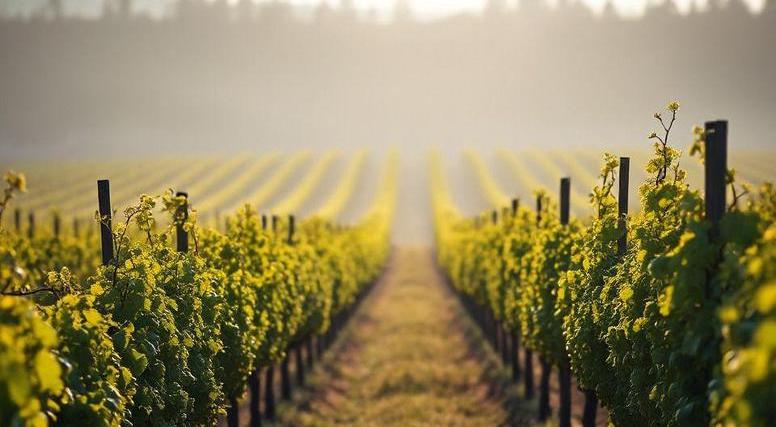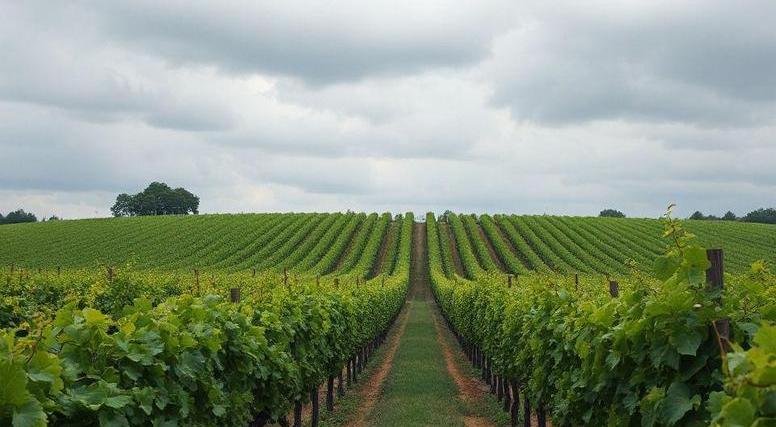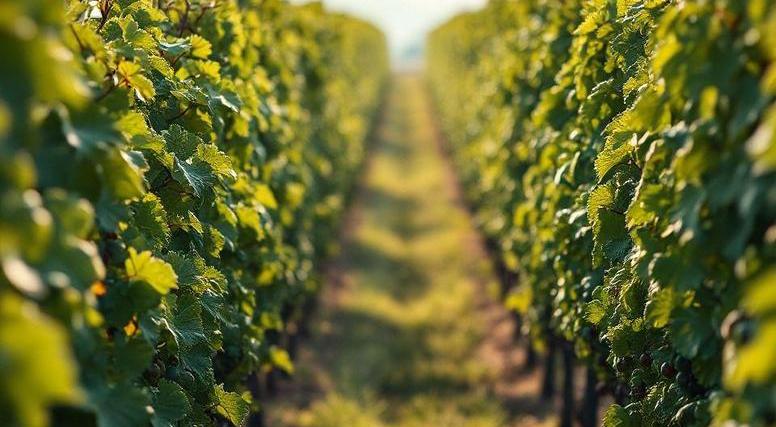- You are here:
- Home »
- Wine By Region
Category Archives for Wine By Region

[COMPLETE GUIDE] Alexander Valley Wine : History, Flavors, Pairings & More
Nestled in the heart of Northern California’s renowned wine country, Alexander Valley is a gem that beckons oenophiles and casual drinkers alike with its rich tapestry of flavors and landscapes. Stretching along the Russian River, this distinguished AVA (American Viticultural Area) is celebrated for its diverse microclimates and soils, which converge to produce some of […]
Continue reading
[COMPLETE GUIDE] Casablanca Valley Wine : History, Flavors, Pairings & More
Nestled in the cool embrace of Chile’s coastal range, the Casablanca Valley stands as a beacon for wine enthusiasts seeking exceptional quality and distinctive flavors. Renowned for its pristine conditions and innovative spirit, this region has rapidly gained acclaim as one of the premier wine-producing areas in South America. With its moderate climate and varied […]
Continue reading
[COMPLETE GUIDE] Dominican Republic Wine : History, Flavors, Pairings & More
The Dominican Republic, renowned for its sun-soaked beaches, lively culture, and rich history, is emerging as an intriguing destination for wine enthusiasts. While the Caribbean nation is better known for its rum and coffee, the country’s budding wine industry has begun to attract attention. With a climate characterized by abundant sunshine, varying altitudes, and fertile […]
Continue reading